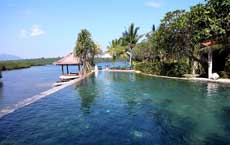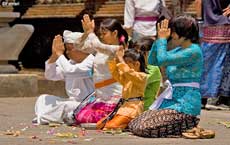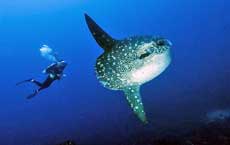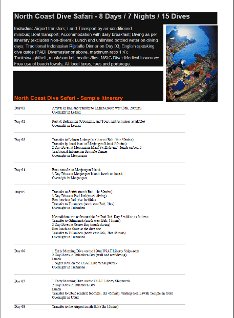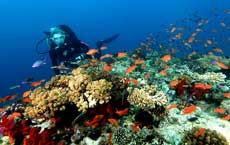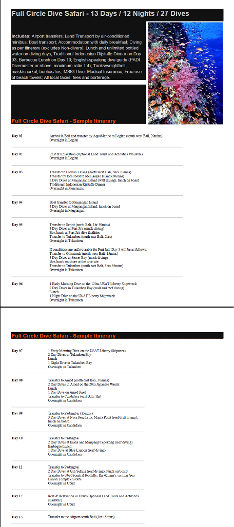BALI
The island of Bali is the smallest province of Indonesia and is home to most of the country's minority Hindu population. Bali offers world-class surfing and diving, a large number of cultural, historical and archaeological attractions, and an enormous range of accommodations. Its varied landscape of hills and mountains, rugged coastlines and sandy beaches, lush rice terraces and barren volcanic hillsides all providing a picturesque backdrop to its colourful, deeply spiritual and unique culture help support the island's claim as paradise on earth.
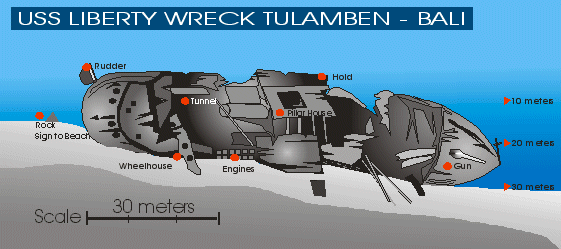
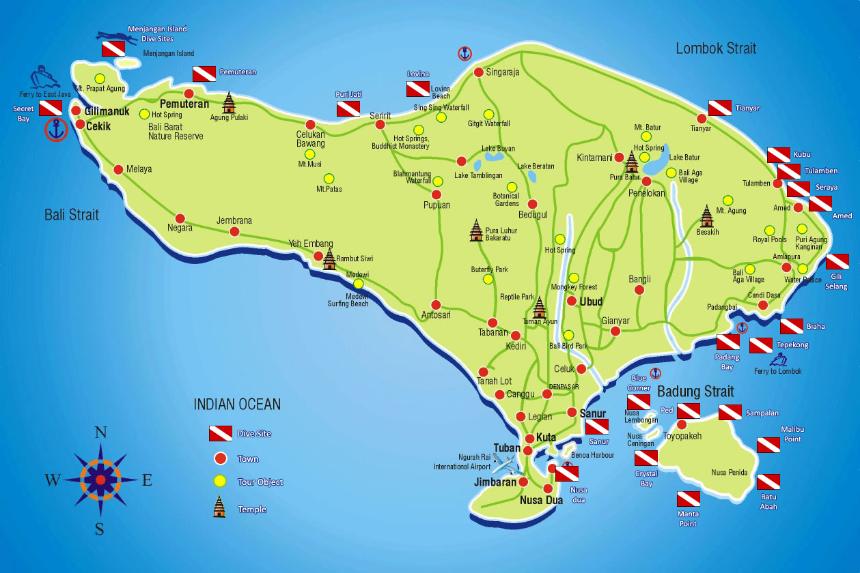
Scuba Diving in Bali
Bali is often overlooked by divers heading for Komodo, Manado and other Indonesian destinations. However, the diving in Bali is diverse: walls, coral ridges and bommies, currents and drift dives, a world class wreck dive, muck diving, sharks, manta rays, mola mola (ocean sunfish) and abundant macro life - there is something for everyone. The dive season runs year round but conditions will vary throughout the year and from location to location. December to March has the lowest visibility.
The Lombok Strait is a deep water trench off the Asian continental shelf. The volume of tidal water flowing through this channel creates challenging diving with strong, shifting currents and often great visibility resulting in large pelagic encounters off Bali's east coast.
The dive sites are spread around the island. If you'd like to visit all four corners of the island to enjoy the best dive areas, then consider taking a dive safari spending 2-3 nights in each area and diving en-route.
Click below to view the sample itineraries for Bali Dive Safaris:
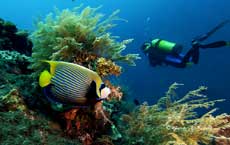
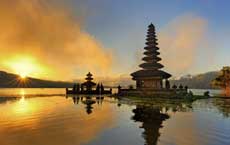
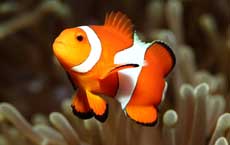
BALI DIVING AREAS
Nusa Lembongan / Nusa Penida
Strong currents provide some good drift dives and pelagic encounters including manta rays, sharks and mola mola. The sunfish season is between July to mid-November. Manta rays can be seen year round but the best time to see them is from April to June. The water in this area is cooler (20-26ºC) due to the deep ocean upwellings from the south of Bali. Monsoon winds make for rougher seas between June to September.
Padangbai / Candidasa
The dive sites around this area offer some of the most breathtaking diving in Bali. "Blue Lagoon" is an easy, sheltered dive on a sand bottom with excellent smaller marine life and is suitable for beginners and macro photographers. The other sites are small rocky islands off the coast with strong, unpredictable currents and healthy reefs, walls and canyons teeming with fish life and sharks. Again the water is cooler and there may be thermoclines.
Amed
This black sand bay has a diversity of sites from the muck diving of "Ghost Bay" to the rich reefs and coral formations of "Jemeluk Reef and Wall". There is also a Japanese wreck. Conditions are generally calm and the sites can be accessed from shore or by jukung (local boat). This is also a good area for snorkelers.
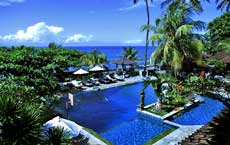
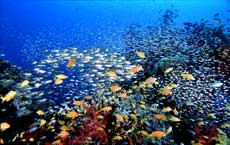
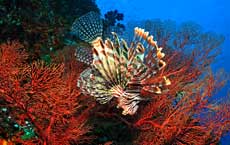
TULAMBEN BAY
This is Bali's most famous diving area with an incredibly diverse ecosystem. There is a "House Reef" dropping to 25 metres consisting of table corals, anemones, sponges and soft corals housing blue ribbon eels, frogfish, ghost pipefish, nudibranchs and anemone fish along with black tip reef sharks and schools of bumphead parrotfish. Further down the "Tulamben Wall" drops to 60 metres with large barrel sponges and cruising barracuda, tuna and trevally. There are also occasional sightings of mola mola, manta rays and whale sharks.
Tulamben is also home to the USS Liberty shipwreck, a 120 metre WWII cargo ship torpedoed by a Japanese submarine on 11 January 1942 off the coast of Lombok. Unable to make it back to port in the north of Bali, the ship was beached at Tulamben until 1963 when the wreck slid into the bay due to the earth's tremors from Mount Agung's last volcanic eruption. The ship now lies 30 metres offshore almost parallel to the beach in 5-28 metres. Fairly broken up, it is now completely covered in anemones, gorgonian fans, hard and soft corals. Over 400 species of fish can be found around the wreck from anthias, damsels and wrasse to resident big eye trevally, great barracuda, giant groupers, batfish and sweetlips. A Night Dive during full moon is a great experience as is an early morning visit by a sunfish (in season). The wreck can also be snorkeled.
There are more dive sites outside of the bay itself in the Tulamben area that are popular with photographers for macro and muck diving as well some pelagic sites where the occasional scalloped hammerhead have been seen.
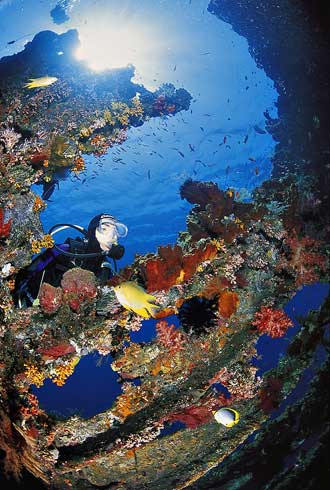
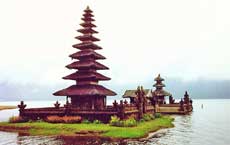
PURI JATI AND SECRET BAY
These areas offer some good muck and critter diving. You will find sea grasses, sea pens and algae covered debris providing shelter and camouflage for seahorses, ghost pipefish, a variety of octopus and frogfish, cockatoo waspfish and gobies (amongst many other critters).
Menjangan Island
Menjangan is known for it's beautiful vertical, wall dives, warm water, white sand, calm conditions and good visibility (sometimes up to 50 metres in July to September). Suitable for divers and snorkelers of all levels. There are lots of nooks and crannies and overhangs to explore in the walls attracting lots of small fish. Search for pygmy seahorses amongst the colourful gorgonian fans. The "Anker Wreck", a small wooden boat, lies in 30-50 metres.
